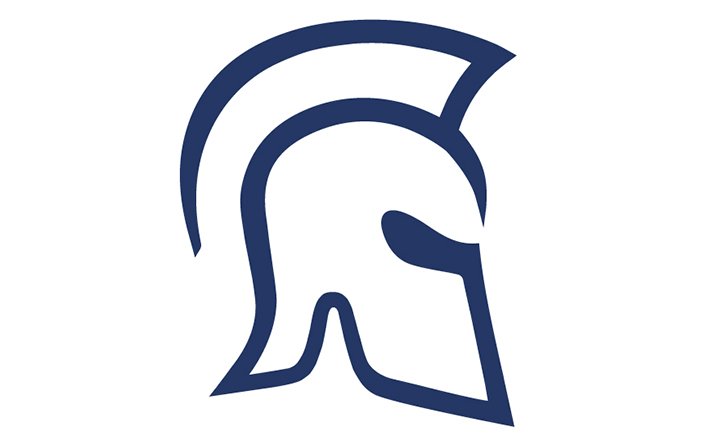Leonardo's air defence radars meet current and future challenges (sponsored)
At the heart of Leonardo’s portfolio of air surveillance radars is the 3D solid-state L-band radar RAT 31DL.
In response to these developments, armed forces are increasingly employing modular, mobile and interconnected systems, which can provide situational awareness across all domains.
In the air domain, modern threats such as hypersonic weapons and uncrewed aircraft are setting challenges for the defence industry, which is being called upon to design and develop advanced systems that can recognise and track the latest threats in a timely manner.
This means that the design and construction of effective air defence radars, a challenge that nations have faced for decades, will continue to remain a priority in the future.
Related Articles
Showcasing the Leonardo RAT 31DL/M (sponsored video)
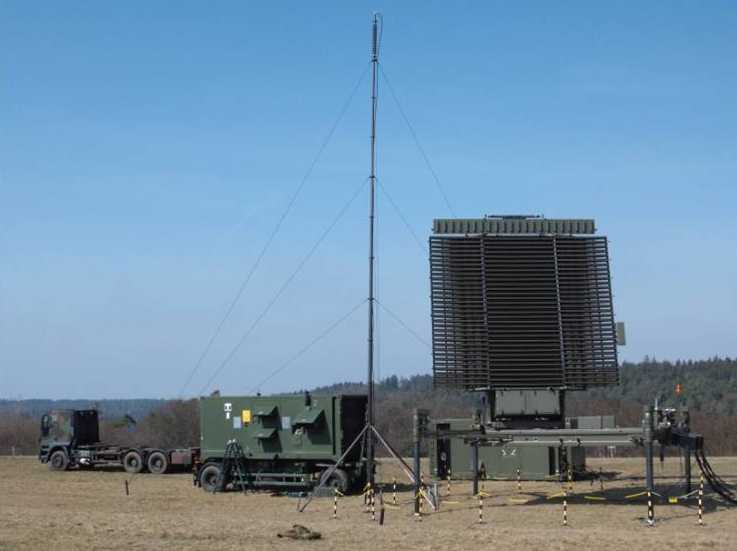
Above: Leonardo's transportable variant of the system, the RAT 31DL/M.
The requirements that will dominate the air surveillance industry
One of the fundamental requirements of modern radars is being able to offer long-range surveillance. One of the approaches Leonardo is taking with its air defence radars is to employ gallium nitride (GaN) semiconductors. This allows additional power to be brought to bear, maximising the range of the radar.
However, range alone is not enough. Air defence radars must be able to "saturate" the space being monitored in an effective, fast and precise manner, while optimising the power used and remaining resilient to electromagnetic threats.
A key requirement in the domain is to provide a timely surveillance and reaction chain, which includes identifying threats and in responding to them. The growth of digitalization has made it possible to take important steps forward in this regard, allowing armed forces to optimise of the use of radars and their power.
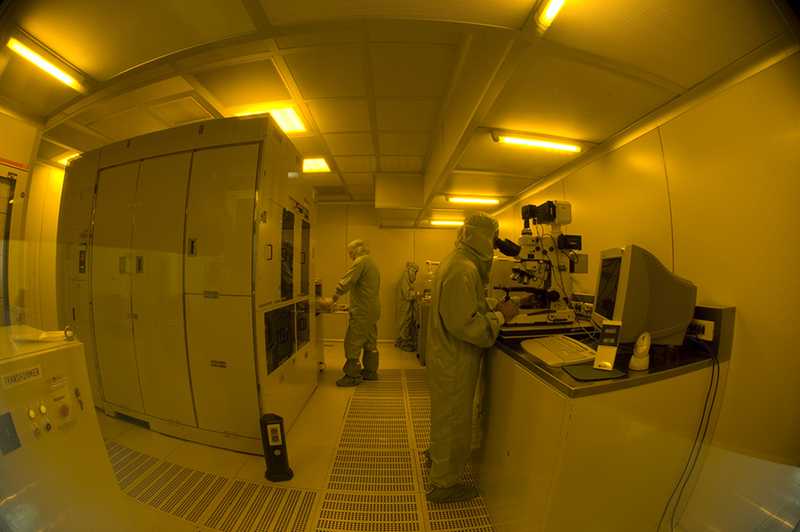
Above: Leonardo's Foundry
Active Electronically-Scanned Array (AESA) radar technology is, and will remain, dominant on all platform types. The technology allows companies to offer efficient, effective and durable systems, with low upgrade and lifecycle costs, based on modular architectures.
AESA technology grants the ability to instantly direct the radar beam in the directions of possible threats, monitoring several points at the same time and varying observation times.
Dynamic and rapidly evolving modern operational scenarios also require air defence radar systems with a flexible architecture, designed for transportability and speed of deployment.
Transportability is essential in order to operate safely at improvised sites that are not prepared for operational activities. This requirement has led to the development of low-energy-consumption systems with reduced size and weight.
Leonardo’s air defence portfolio
Leonardo is continually evaluating the operational picture and researching technologies that meet current market needs as well as anticipating possible future requirements.
At the heart of Leonardo’s portfolio of air surveillance radars is the 3D solid-state L-band radar RAT 31DL. Designed to be part of an Integrated Air and Missile Defense (IAMD) architecture, the system can handle complex operational scenarios.
With an effective range of over 500 km, the radar is able to detect and track various types of threats including ballistic missiles, even in adverse environmental and weather conditions.
The radar delivers scanning in the azimuth via mechanical rotation while beam elevation is carried out by electronically steering the 42 rows that make up the antenna. The ability to generate multiple beams provides superior surveillance and tracking capabilities.
The RAT 31DL system is able to survive in hostile environments which may include anti-radar missiles (ARM) and electronic countermeasures (ECM) by employing a range of countermeasures including frequency agility, cancellation of side lobes, resistance and jammer tracking.
The radar is also highly reliable due to the “graceful degradation” of its E-scan architecture, whereby the functionality and general performance of the system is maintained even if some of the individual radar modules fail.
For operators who need to move the system around operational theatres, Leonardo has developed a transportable variant of the RAT 31DL radar called the RAT 31DL/M. This version shares most of the technical characteristics of the fixed version while employing a slightly smaller antenna.
The RAT 31DL/M consists of a shelter for the transport and deployment of the antenna and a second module housing the control electronics and tactical command stations, making it easily relocatable. The system incorporates long-term energy self-sufficiency and can be integrated within wider surveillance and air defence systems.
The RAT 31DL radar is in service internationally and is the main air defence sensor employed by NATO. The RAT 31DL/M is also in service around the world including in Italy and Austria.
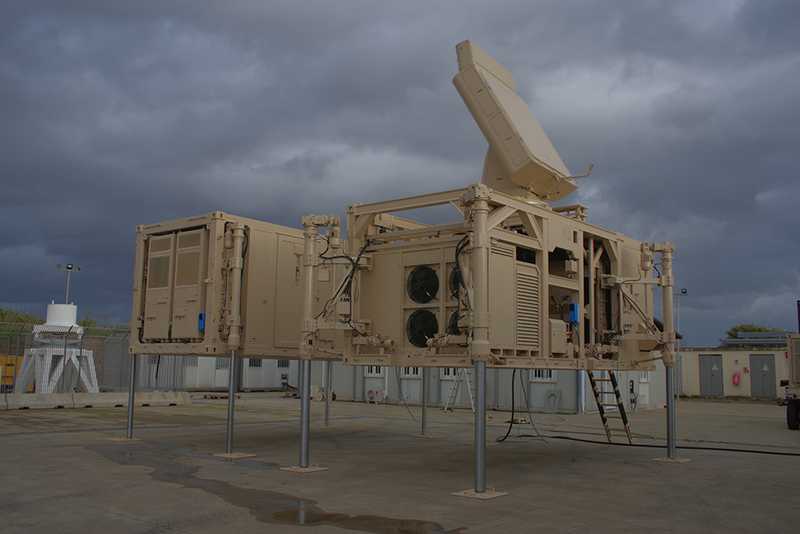
Above: KRONOS GRAND for medium and long-range surveillance.
Leonardo also offers the KRONOS family of multi-function/multi-mission active radars (MFRA) for land (fixed and relocatable) and naval use. KRONOS radars incorporate advanced AESA technology, with transmit-receive modules (TRM) developed at the company’s in-house foundry. This facility is a centre of excellence for this technology in Europe.
All KRONOS family radars offer high performance in terms of coverage, acquisition speed and tracking continuity, even at low or very low altitudes. The different versions of the radar, which vary in operating frequencies, antenna dimensions and power used, are suitable for different use scenarios: KRONOS for short-range applications, KRONOS GRAND for medium and long-range surveillance and KRONOS POWER SHIELD for ultra-long-range surveillance. To date, more than 50 systems that integrate KRONOS family radars are operational around the world.
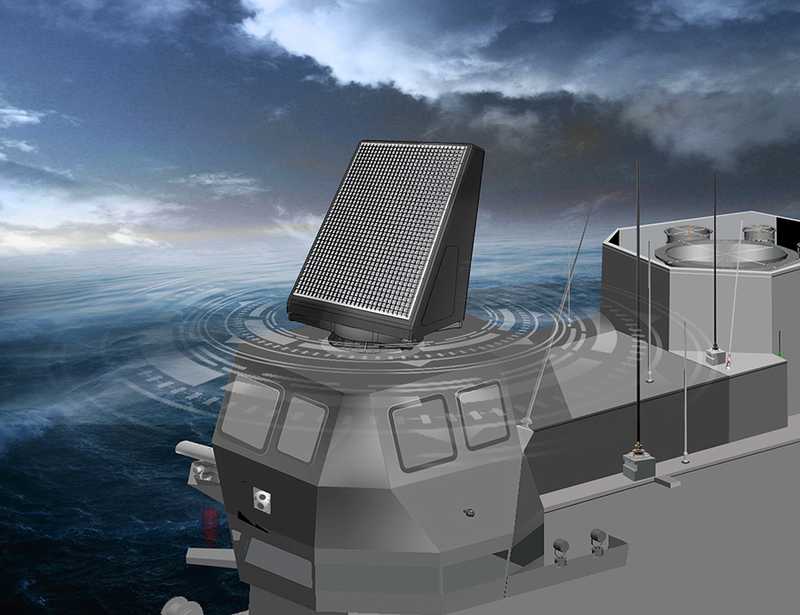
Above: KRONOS POWER SHIELD for ultra-long-range surveillance.
The experience Leonardo has gained from the development of its KRONOS family underpins the advanced technology of its digital RAT family radars. This combination of expertise and the company’s ownership of underlying technology allows Leonardo to offer superior surveillance, detection and tracking capabilities for future air defence systems.
More from Industry Spotlights
-
![Expanded focus – unleashing the potential of commercial SATCOM for defence]()
Expanded focus – unleashing the potential of commercial SATCOM for defence
In conversation... Intelsat's Ray Lindenmayer talks to Shephard's Gerrard Cowan about the new capabilities advanced commercial SATCOM technologies can provide for military customers, and how industry and government can best work together to achieve maximum effect in orbit.
-
![Enhancing education: How CAE is embracing new technology to boost military training]()
Enhancing education: How CAE is embracing new technology to boost military training
In Conversation... Shephard's Gerrard Cowan talks to CAE's Marc-Olivier Sabourin about how the training and simulation industry can help militaries achieve essential levels of readiness by leveraging new technology, innovative procurement methods and a truly collaborative approach.
-
![Why tactical UAVs are winning on the future battlefield (Podcast)]()
Why tactical UAVs are winning on the future battlefield (Podcast)
In Conversation: In this special edition of the Shephard Defence Podcast, Tony Skinner sits down with Dan Slasky, President and CEO of Aeronautics, to explore how cutting-edge tactical unmanned aerial systems are reshaping today’s battlefields.
-
![Fincantieri’s Vulcano Class: a new era of versatility and innovation in naval operations]()
Fincantieri’s Vulcano Class: a new era of versatility and innovation in naval operations
Logistic support ships (LSS) are essential for sustained naval operations, especially during extended deployments far from home ports.
-
![Need more flexibility in battle management system delivery?]()
Need more flexibility in battle management system delivery?
Systematic’s newest solution, SitaWare BattleCloud, brings greater flexibility to combat information systems and C4ISR.







